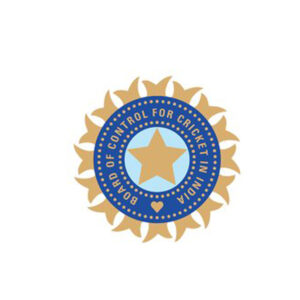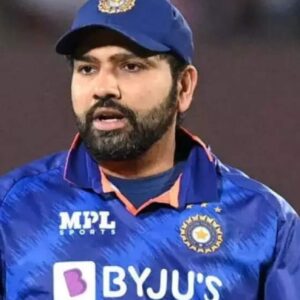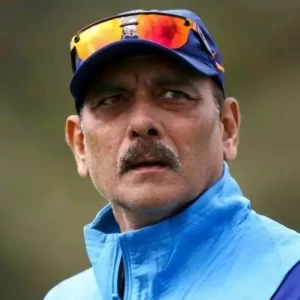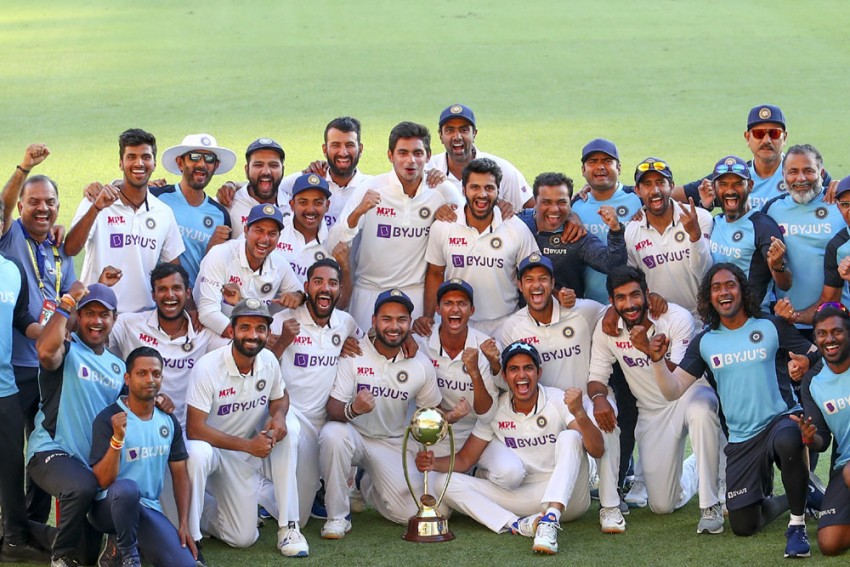There was a time when BCCI held absolute powers over the Indian cricketers. Ofcourse, they have much of the same powers but will not take the unilateral action that the office bearers in 1989 took. It was a time when no one knew who was correct with lack of information. Social media or even the internet was unheard of. Satellite television was an unknown commodity. Doordarshan with its hazy pictures was the only source of entertainment. Things moved quite slowly in the country but in the BCCI, things progressed at the pace of a Shaun Tait’s yorker. Remembering the old times when BCCI banned cricketers.
The year was 1989. India under Dilip Vengsarkar, had just lost a series in the West Indies. Cricketers of that era were paid just a pittance of what the current players are earning. Endorsements were few and far between. The players toiled on the field for little reward off the field. Their careers are short and beyond cricket, they do not know anything else to do. They have to secure their future and the future of their families. It is not wrong for the players to try and earn extra income from somewhere. Ofcourse, legally.
The players who were banned
However, the BCCI will have none of it. They banned 6 players. Kapil Dev, Dilip Vengsarkar, Ravi Shastri, Mohammed Azharuddin, Kiran More and Arun Lal for one year. They were also fined 35,000 Rs. For players of that era, that is equivalent to 2-3 months of income. Six others were fined 50,000 Rs. All for the trivial offense of participating in series of games against West Indies and Pakistan in America. All of them were unofficial games. After the West Indies series, India were not scheduled to play anyone for sometime and hence, the players had time on their hands. They opted to play in America to earn much needed income. There is nothing wrong with that but the board went ahead and banned them just because these games were unsanctioned by them. It was the attitude of a conqueror on the conquered.
The board wanted to impose themselves on the players and assert their authority. The entire nation was stunned by the decision. Ofcourse, the board had their supporters too but the majority of the country men and women was against the board’s decision.
Raj Singh Dungarpur, the then chairman of selection committee said, “You could revamp the entire Indian Cabinet and nobody will notice. But you change one player in the cricket team and 600 million people will have a definite opinion on it because they genuinely believe it is their business.”
Ofcourse we will because cricket was the only entertainment during that era and the game was followed by the majority religiously.
Supporters and adversaries
The action of the board aroused the entire nation from our deep slumber. Soli Sorabjee, the noted lawyer, challenged the board’s decision in the Supreme Court. He called the ban as ‘savage’. Congress, the dominant party of that time was split with some supporting and some opposing.
The former captains, Mansur Ali Khan Pataudi and Bishen Singh Bedi supported the ban stating that the players were not above the game.
“They have broken the contract on purpose. It has been happening a little too much of late. Somebody had to put a stop to it, “said Pataudi.
However, the New Zealand board was worried because they did not want to host a second string Indian team. They were afraid that it will affect their income and it certainly would have affected gate receipts. Afterall, not now, even then, it was India who was running the game with the passionate crowd.
Graham Dowling, the then chief of New Zealand cricket, said, “We want the first string Indian side here. A second string would definitely affect the gates.” Talking to INDIA TODAY from Christchurch, he added: “We will review everything at our meeting shortly.”
Important series lined up
With series lined up against Pakistan, New Zealand and at Sharjah, the unavailability of these players would have meant easy wins for the opponents. Unlike now, the Indian bench strength was negligible. A second string team would not have been of any match to the opposition. The host nations cannot afford to host such a team which will affect their revenue.
There was anger and disbelief throughout the nation as the news of the ban started to spread. Only can only imagine if the current news channels had been there. They would have had a field day. They would have had content that will run from few days to few weeks. Everything would have been dissected threadbare.
The players were all offered encouragement by common people. They were supported tooth and nail because of what they saw and felt was vendetta by the board.
Ranbir Singh, the then honorary secretary of the board, said, “The ban decision was taken after full consideration and keeping the larger interests of the game in mind.”
Gavaskar was equally vehement
“Oh, I’m so touched! Why should they find excuses to impose disciplinary action? They wanted to prove who is the boss.”
The board administrators clearly felt that the players were getting too big for the boots and hence they must be riled in. The opportunity presented itself in the form of this unauthorised tour and the board seized it.
Eventually, the ban was lifted after negotiations between the players and the board and after tremendous public outcry who saw the board as overbearing. Let us remember that the Indian team is the only team in the world who does not have a player’s union. The board takes serious offense to such attempts.
Other topics related to BCCI



